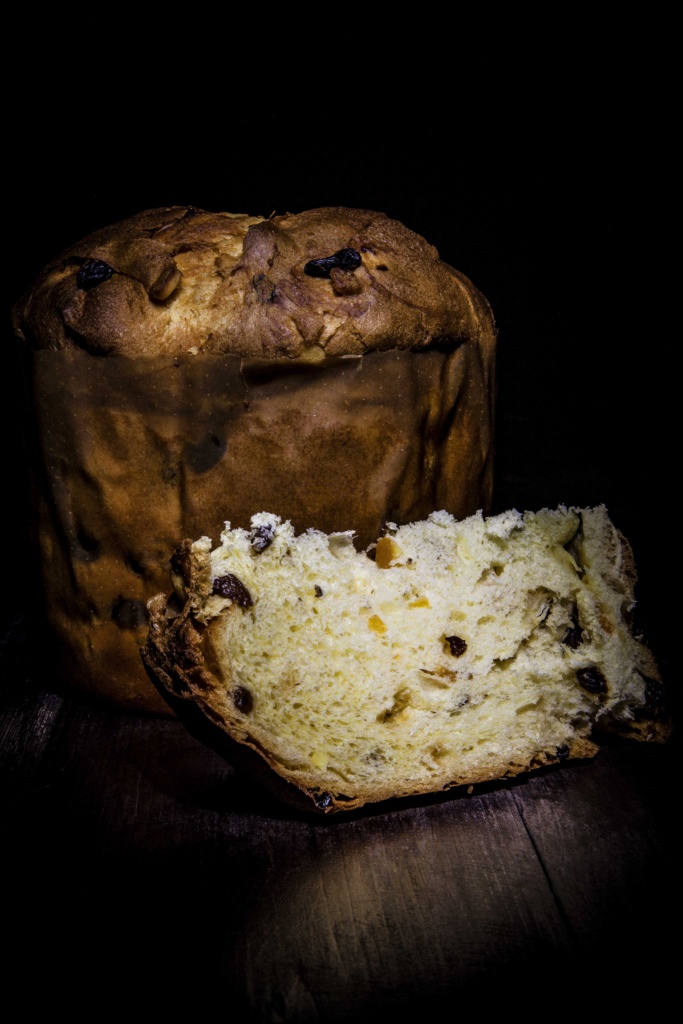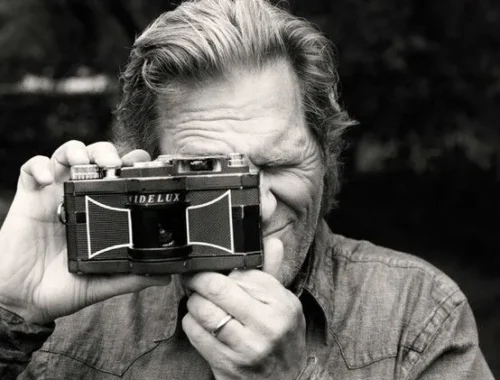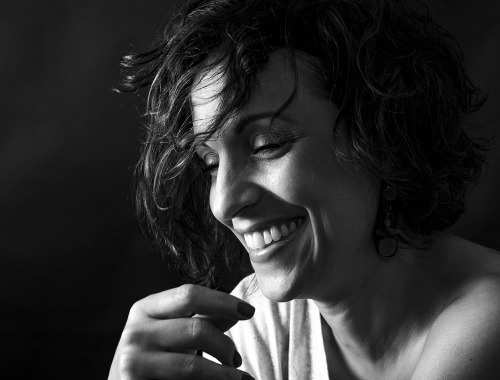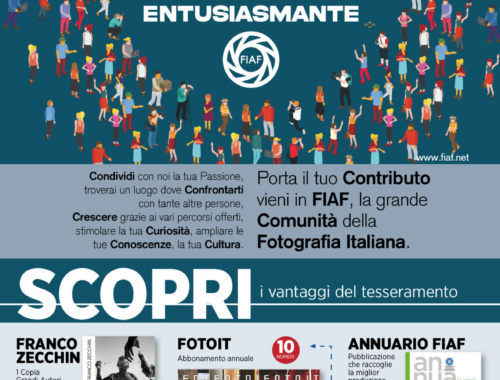Light Painting e Long Exposure
Due tecniche fotografiche per chi ha pazienza e creatività: Light Painting e Long Exposure.
Brevemente oggi vorrei esporvi due tecniche fotografiche che richiedono un tempo di esposizione lungo e che necessitano di alcuni accorgimenti per ottenere un buon risultato: innanzitutto la pazienza! Vi assicuro, però, che le fotografie sono davvero interessanti.
Light Painting
Light Painting significa proprio “pitturare con la luce” e si esegue spostando una sorgente luminosa su un soggetto e scattando per un tempo non inferiore ai 30 secondi. Così facendo si creano scie, effetti di luce o sfumature dell’illuminazione che vorremmo sul soggetto o parte di esso. Tecnica che si utilizza tanto nello stil life per ottenere (come dice proprio il nome) fotografie che sembrino quadri, quanto nella fotografia in esterni (in notturna, per esempio) per ottenere effetti luce particolari. In entrambi i casi il risultato è incredibile.
L’attrezzatura da utilizzare e necessaria per avere un buon risultato è: fotocamera, un robusto treppiedi, una torcia (o fonte di luce) e due trigger o un intervallometro per comandare il tempo di scatto senza toccare la fotocamera.
Necessario controllare la luce ambiente per determinare, successivamente, come gestire la luce che vogliamo aggiungere con le nostre pennellate. Ovviamente, il soggetto rimarrà fermo, mentre tutto attorno prende una un’aria onirica. Per avere quest’effetto, l’intervallo di tempo non deve essere inferiore ai 30 secondi, quindi bisogna impostare la fotocamera in modalità BULB (B nella ghiera della macchina fotografia) e determinare il tempo con un trigger (telecomando manuale) oppure con un intervallomentro. Quest’ultimo strumento aiuta a impostare in anticipo i tempi in cui l’otturatore resterà aperto, quindi molto più professionale rispetto al trigger con cui si lavora manualmente (si tiene premuto il pulsante per il tempo necessario).
Necessario mettere a fuoco manualmente: quando il set è completo, prima di iniziare gli scatti, mettere la messa a fuoco manuale, porre la fonte luminosa sul soggetto e fissare, così, il punto di messa a fuoco. Calcolando che abbiamo tempi molto lunghi, conviene impostare i paramenti di ISO bassi (100), il resto lo gestiamo chiudendo il diaframma. Dopo aver eseguito le prime prove, ci si può sbizzarrire e scattare delle belle immagini in Light Painting.

Long Exposure
La tecnica Long Exposure ha delle similitudini con la Light Painting: bisogna avere una fotocamera, un buon treppiedi, un trigger o intervallometro e tanta creatività. In questo caso è la quantità di luce a entrare nel sensore a fare la differenza. Bisogna munirsi di filtro ND (Neutral Density) almeno di 10 stop e, mentre per la Light Painting la scena è al buoi e noi dobbiamo illuminare il soggetto o decidere cosa mettere in luce, nella Long Exposure il soggetto è già illuminato e noi non dobbiamo far altro che decidere l’effetto che vogliamo raggiungere.
Faccio un esempio pratico: se decido di scattare il corso di un fiume, devo mettere a fuoco (sempre usando la messa a fuoco manuale) un punto del panorama che voglio fotografare. Poi metto il filtro ND e scatto (sempre in modalità Bulb), lasciando premuto il pulsante per circa 60 secondi. Noterò un congelamento della scena, mentre il fiume apparirà come un tessuto di velluto che scivola verso sud.
Con la lunga esposizione sfruttiamo solo la luce che abbiamo intorno, non aggiungiamo altre fonti di luce, quindi i parametri sono gli stessi che per la Light Painting: ISO bassi, tempi lunghi, quindi modalità BULB, e diaframma chiuso. Il filtro aiuterà a non far passare una quantità di luce eccessiva dati i tempi di esposizione.

Light Painting e Long Exposure
Two photographic techniques for those with patience and creativity: Light Painting and Long Exposure.
Briefly today I would like to show you two photographic techniques that require a long exposure time and which require some precautions to obtain a good result: first of all patience! I assure you, however, that the photographs are really interesting.
Light Painting
Light Painting actually means “painting with light” and is performed by moving a light source over a subject and shooting for no less than 30 seconds. By doing so, trails, light effects or shades of lighting that we would like on the subject or part of it are created. A technique that is used both in style life to obtain (as the name suggests) photographs that look like paintings, and in outdoor photography (at night, for example) to obtain particular light effects. In both cases the result is incredible.
The equipment to use and necessary to have a good result is: camera, a sturdy tripod, a flashlight (or light source) and two triggers or an intervalometer to control the shutter speed without touching the camera.
It is necessary to control the ambient light to subsequently determine how to manage the light we want to add with our brushstrokes. Obviously, the subject will remain still, while everything around takes on a dreamlike appearance. To have this effect, the time interval must not be less than 30 seconds, so you need to set the camera to BULB mode (B in the camera dial) and determine the time with a trigger (manual remote control) or with an interval meter . The latter tool helps to set in advance the times in which the shutter will remain open, therefore much more professional than the trigger with which you work manually (you hold the button down for the necessary time).
It is necessary to focus manually: when the set is complete, before starting to shoot, focus manually, place the light source on the subject and thus fix the focus point. Considering that we have very long times, it is best to set the ISO parameters low (100), we manage the rest by closing the diaphragm. After carrying out the first tests, you can indulge yourself and take beautiful images in Light Painting.
Long Exposure
The Long Exposure technique has similarities with Light Painting: you need a camera, a good tripod, a trigger or intervalometer and a lot of creativity. In this case it is the amount of light entering the sensor that makes the difference. You need to have an ND (Neutral Density) filter of at least 10 stops and, while for Light Painting the scene is dark and we have to illuminate the subject or decide what to highlight, in Long Exposure the subject is already illuminated and we don’t have to do nothing but decide the effect we want to achieve.
I’ll give you a practical example: if I decide to shoot the course of a river, I have to focus (always using manual focus) on a point of the panorama I want to photograph. Then I put the ND filter on and shoot (always in Bulb mode), leaving the button pressed for about 60 seconds. I will notice a freezing of the scene, while the river will appear like a velvet fabric sliding towards the south.
With long exposure we only exploit the light that is around us, we do not add other light sources, so the parameters are the same as for Light Painting: low ISO, long times, therefore BULB mode, and closed aperture. The filter will help not to let in an excessive amount of light given the exposure times.
Studiare la fotografia
"Dalla teoria alla pratica"
Potrebbe anche piacerti

JEFF BRIDGES
7 Agosto 2023
Personalità
9 Gennaio 2023
